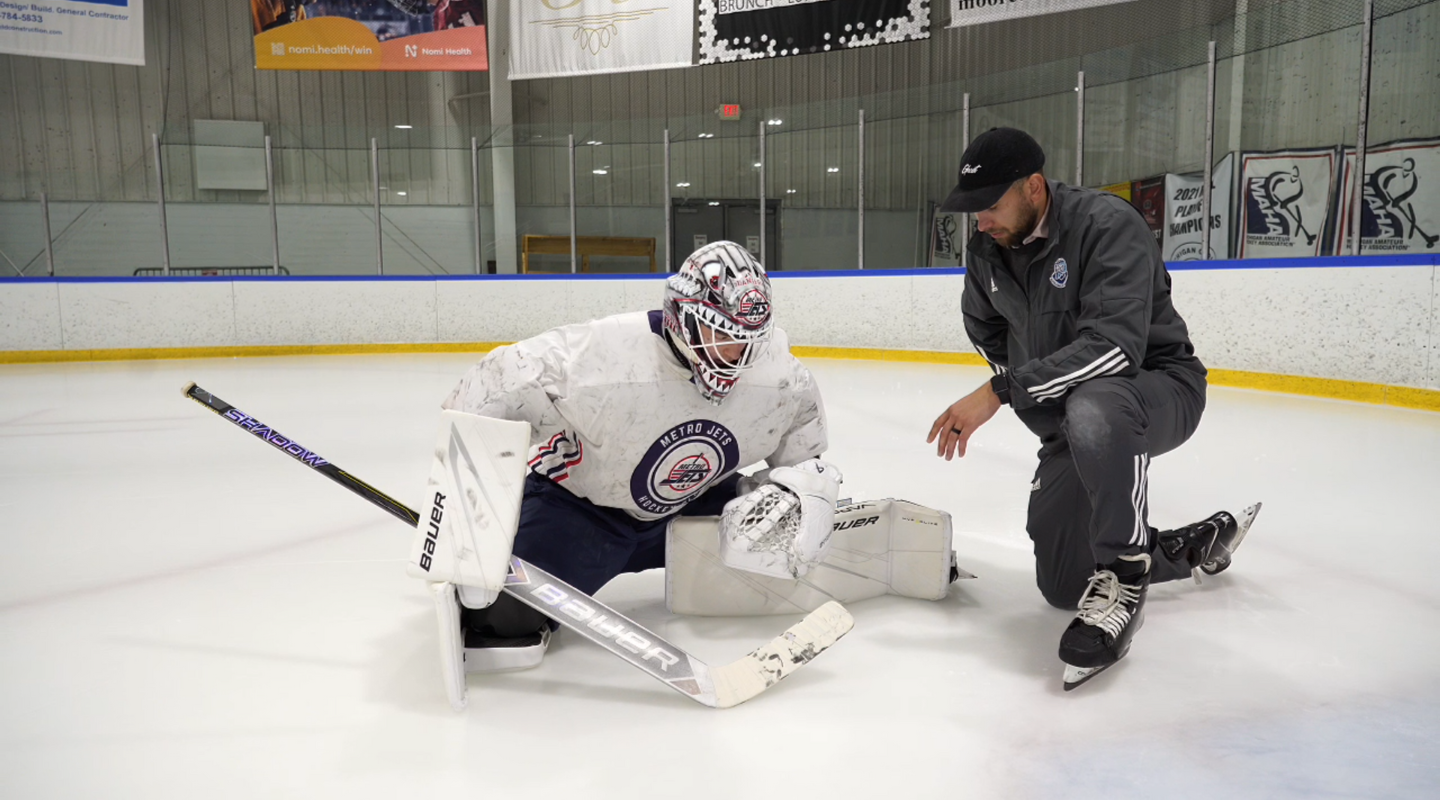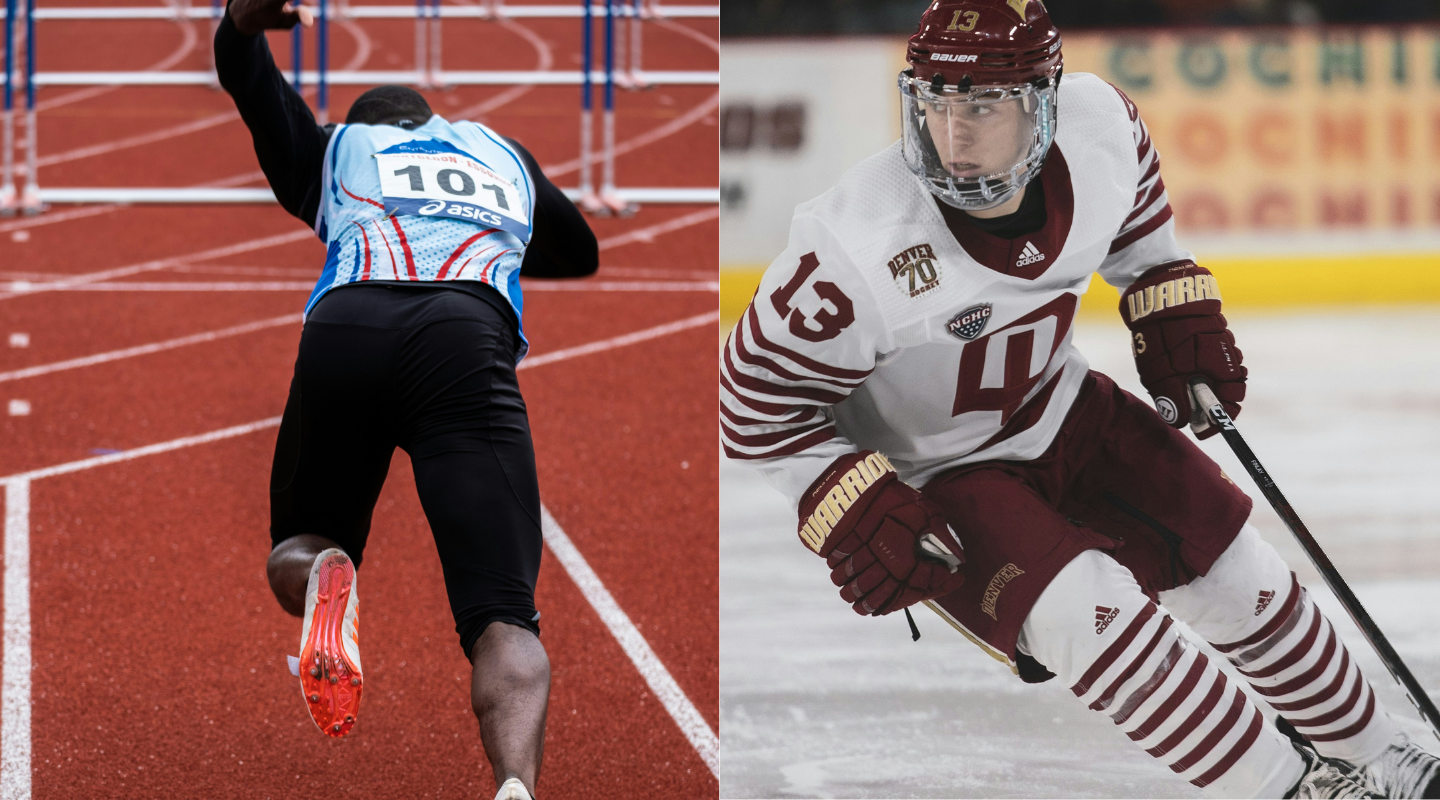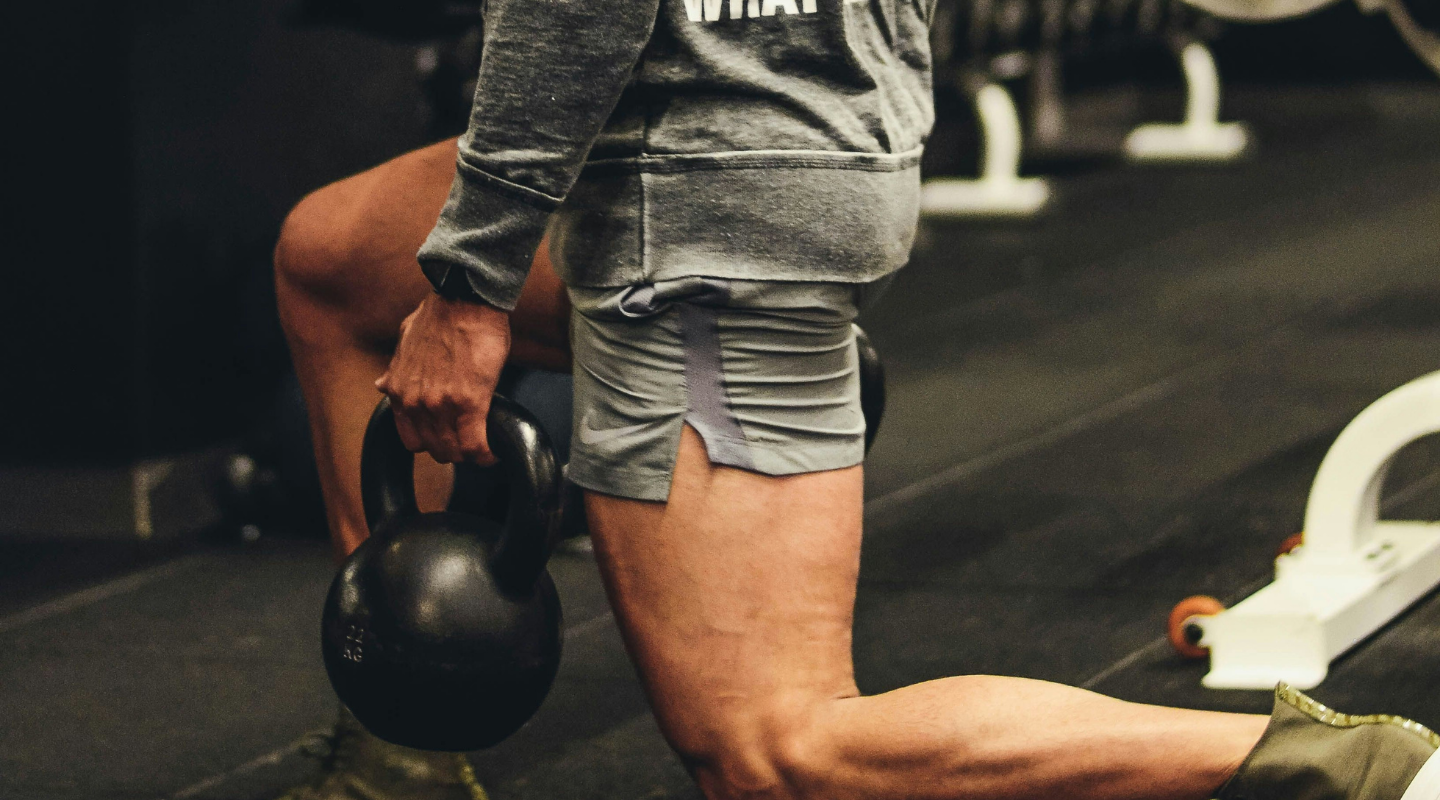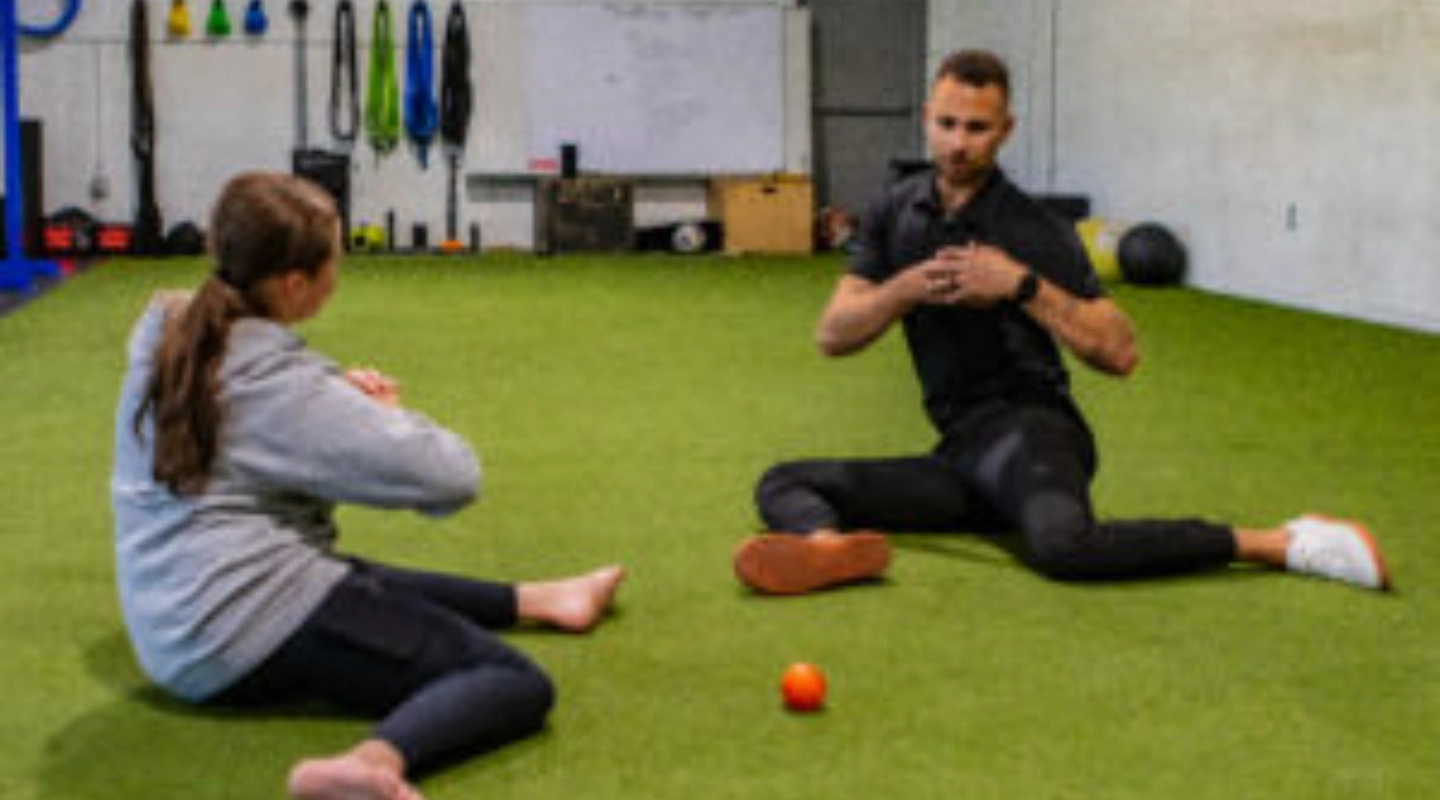
Managing Hip Pain in Hockey Players: Symptoms and Strategies
Why Hockey Players Struggle with Hip Pain
Hockey players, especially those in competitive and high-intensity settings, face unique physical demands that put constant stress on their hips. At Ghost Rehab & Performance in Grand Rapids, Michigan, we often see athletes dealing with hip pain that hinders performance and, if left untreated, can lead to long-term issues. Understanding the root causes and early interventions is critical for staying healthy and competitive on the ice.
Common Causes of Hip Pain in Hockey Players
The biomechanics of hockey—explosive skating strides, pivots, and quick directional changes—place heavy stress on the hip joint and surrounding muscles. Some of the most common causes of hip pain in hockey athletes include:
- Femoroacetabular Impingement (FAI): Abnormal bone growth in the hip joint creates painful friction during skating.
- Labral Tears: Damage to the cartilage that stabilizes the hip socket, often from repetitive pivoting.
- Hip Flexor Strain: Overuse of the iliopsoas, critical for stride power.
- Adductor (Groin) Strain: Common from lateral skating demands.
- Osteitis Pubis: Inflammation caused by repetitive skating stress.
Symptoms Hockey Players Should Watch For
Hockey players with hip issues may notice:
- Pain in the groin, front, or side of the hip
- Stiffness or reduced range of motion
- Clicking or catching sensations in the hip joint
- Pain during or after games and practices
- Difficulty accelerating, stopping, or pivoting
Ignoring these symptoms risks worsening the condition and prolonging recovery.
Evidence-Based Strategies to Manage and Prevent Hip Pain
1. Get a Professional Evaluation
At Ghost Rehab & Performance, our sports physical therapists assess hip mobility, joint health, and muscle imbalances to pinpoint the root cause of pain. Early diagnosis means faster recovery.
2. Strengthen Key Muscles
- Hip abductors (gluteus medius/minimus): Provide lateral stability.
- Hip flexors and extensors: Drive stride mechanics.
- Core muscles: Protect hips and reduce strain.
3. Improve Hip Mobility
Stretching hip flexors, adductors, and hamstrings restores range of motion and reduces stiffness.
4. Refine Skating Mechanics
Working with a physical therapist and a hockey coach ensures efficient skating technique that reduces unnecessary hip stress.
5. Prioritize Active Recovery
Recovery tools—foam rolling, mobility drills, Normatec boots, and massage guns—speed up recovery between practices and games.
Why Physical Therapy Should Be a Priority for Hockey Players
Many hockey athletes only come in when pain sidelines them. At Ghost Rehab & Performance, we stress proactive physical therapy to keep players performing at their best.
Here’s how our approach helps:
- Identify Hidden Risks: Correct small imbalances before they lead to major injuries.
- Prevent Overuse Injuries: Hockey’s repetitive demands make hip and groin injuries common.
- Enhance Longevity: Stay on the ice longer, pain-free.
- Boost Performance: Improve stride efficiency, speed, and recovery.
- Save Time and Stress: Prevent long-term rehab and time away from the rink.
Even if you feel fine now, a preventative evaluation can elevate your performance and reduce your risk of injury.
Where to Get Help
At Ghost Rehab & Performance in Byron Center (serving Grand Rapids, MI), we specialize in working with hockey players from youth levels through NCAA and pro. With NHL-level experience and advanced physical therapy, we provide athletes the tools to recover, prevent injury, and maximize performance.
If you’re a hockey player—or a parent of one—dealing with hip pain, schedule an evaluation with Ghost Rehab today. Don’t wait until small issues become career-limiting injuries.
References
- Kemp JL, Schache AG, Makdissi M, Crossley KM. Hip groin pain in sports: What do we know and what can we do? Sports Med. 2016;46(1):79-92.
- Griffin DR, Dickenson EJ, Wall PDH, et al. The Warwick Agreement on femoroacetabular impingement syndrome (FAI): An international consensus statement. Br J Sports Med. 2016;50(19):1169-1176.
- Tak I, Glasgow P, Langhout R, et al. Hip range of motion is lower in professional soccer players with hip and groin symptoms or previous injuries, independent of cam deformities. Am J Sports Med. 2017;45(13):3110-3116.
- Serner A, van Eijck CH, Beumer BR, et al. Study on groin injury in athletes: Descriptive clinical findings and prevalence. Br J Sports Med. 2015;49(12):803-809.
- Nepple JJ, Vigdorchik JM, Clohisy JC. Implications of hip pathology in athletic populations: Hip joint and labral mechanics in sports. J Bone Joint Surg Am. 2018;100(2):113-123.
.png)




